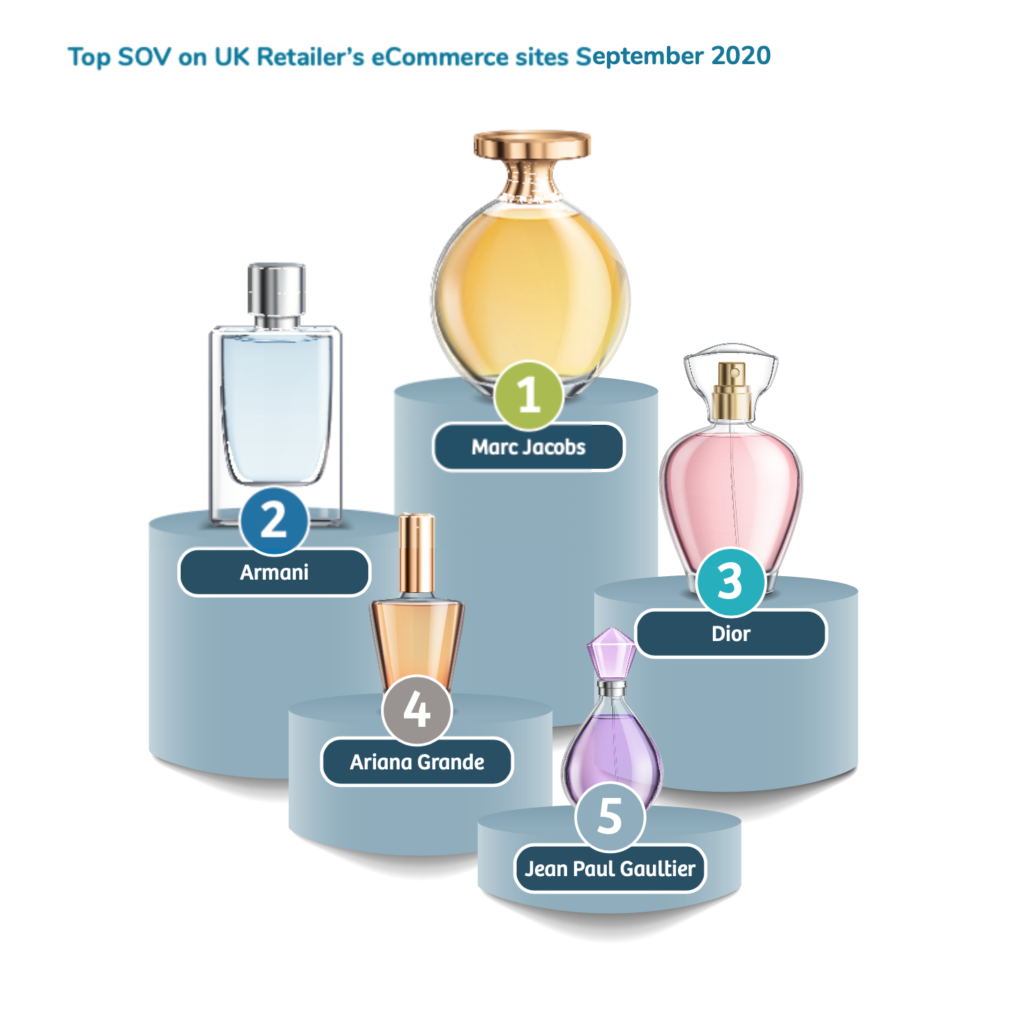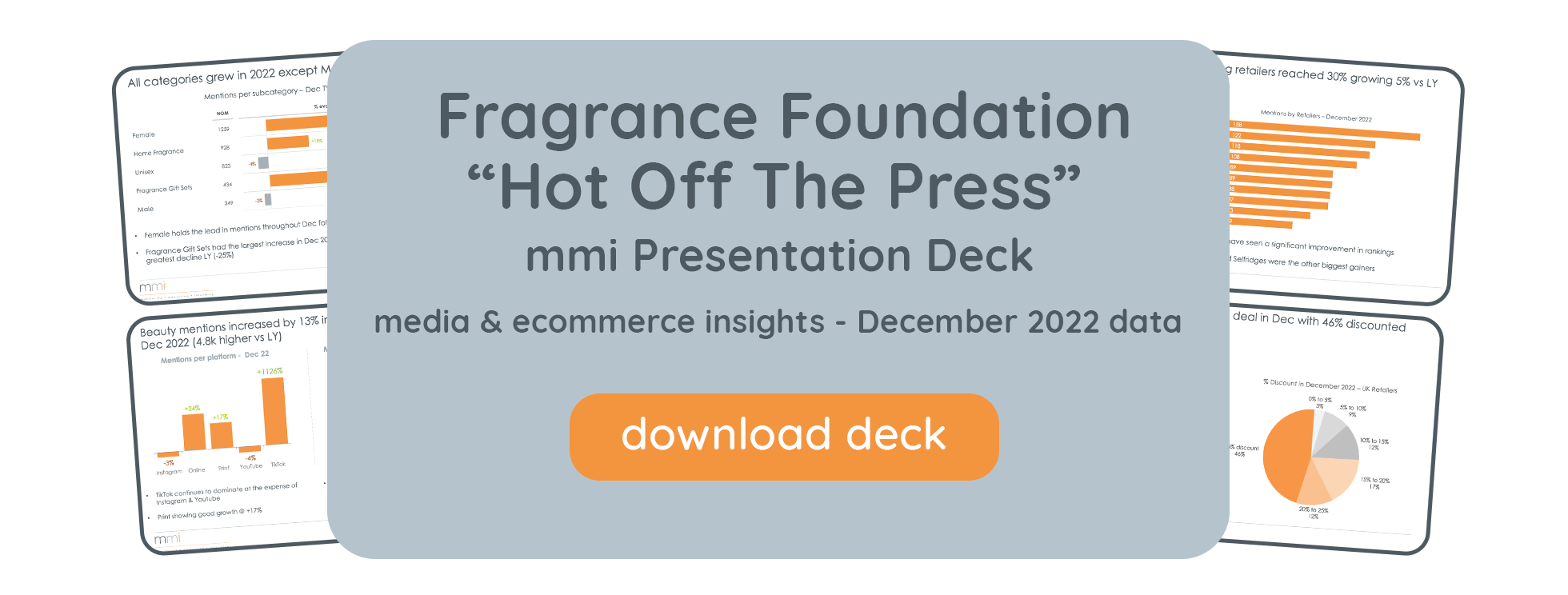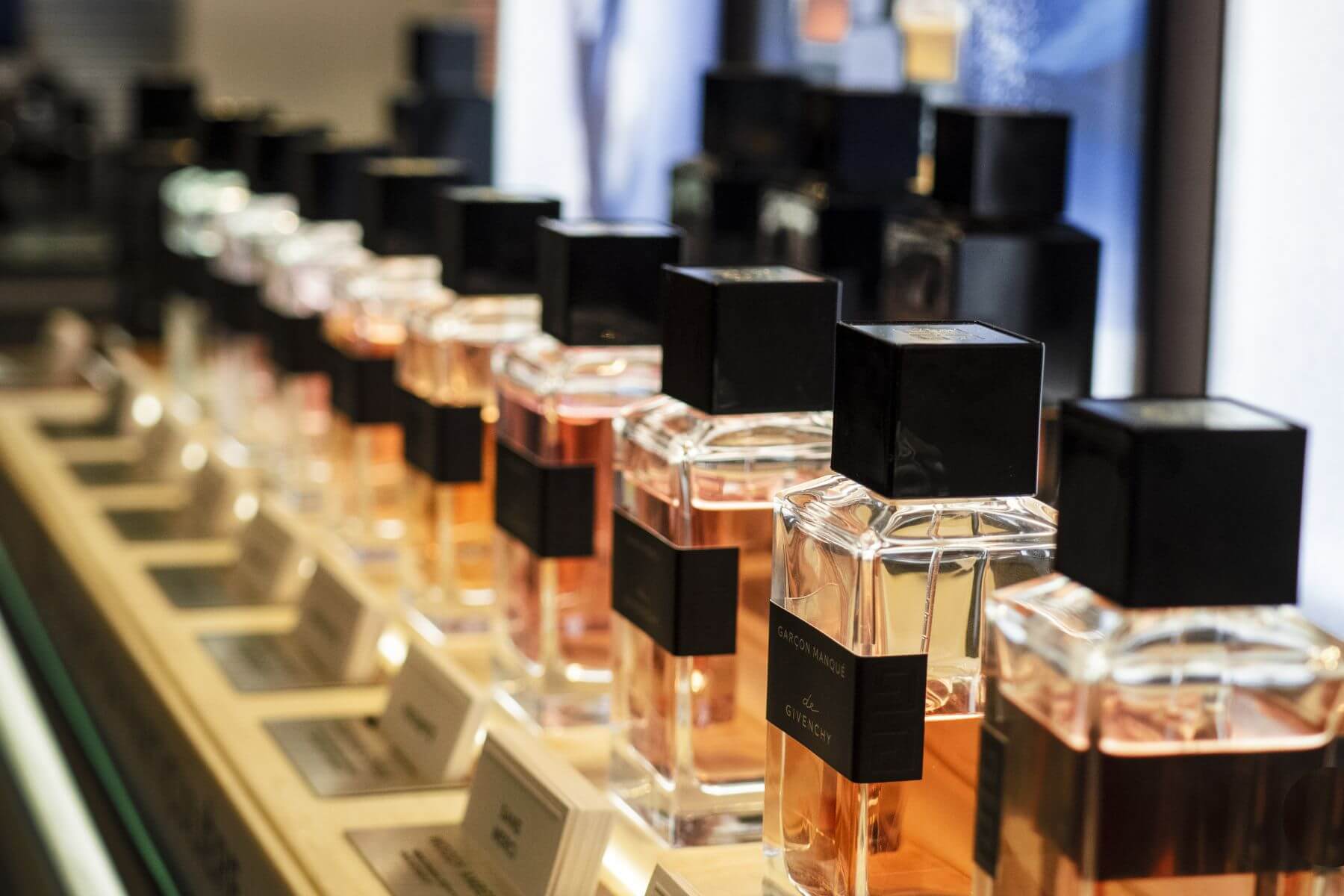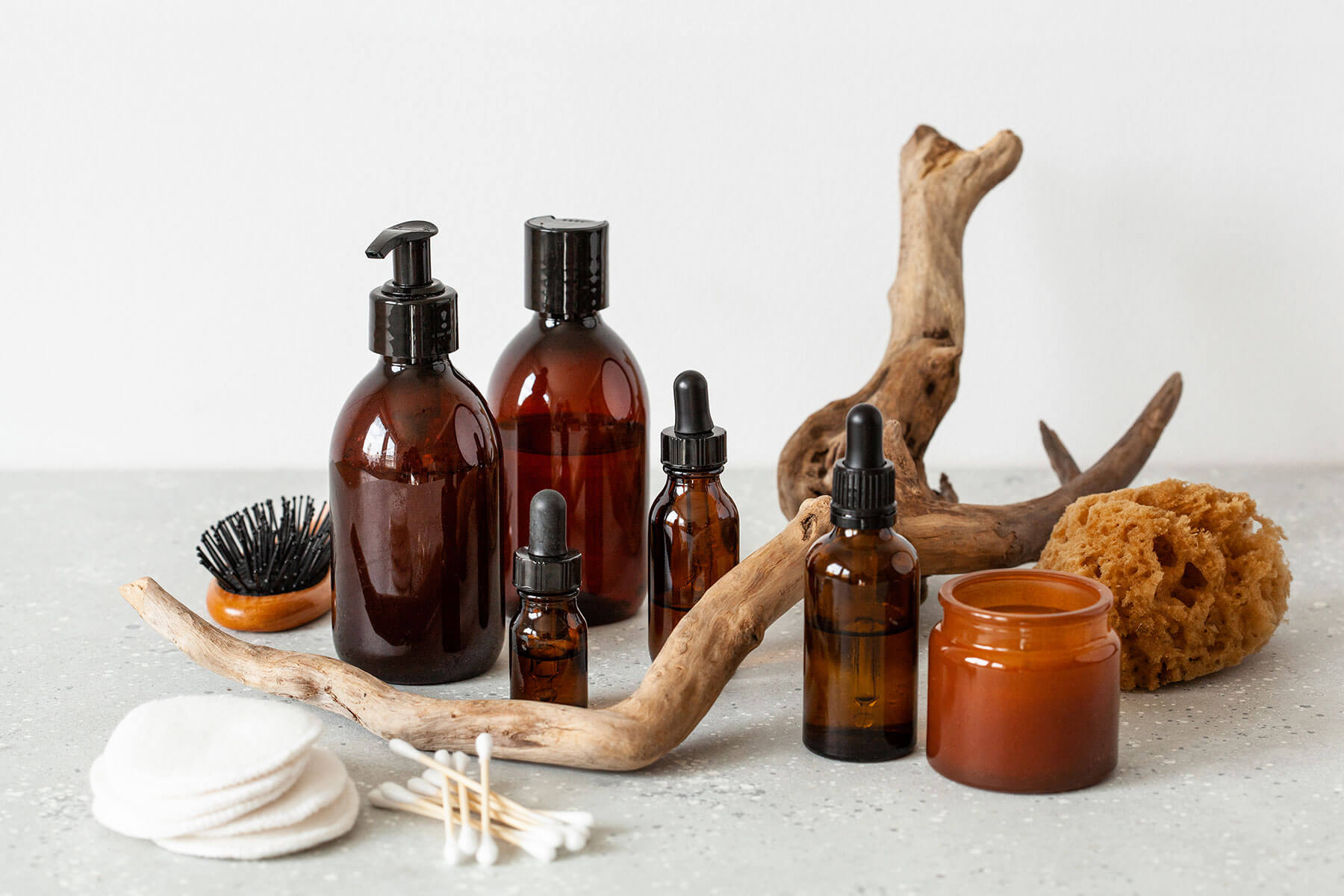The peak perfume sales period is almost upon us; a time when new scents make their fragrant arrival, gifts with purchase both entice and enchant beauty shoppers and brands are vying for the best-performing co-op ad space.
There are few fragrance brands who will be lucky enough to snap up placements on eTail sites for Christmas, but those who do will be enjoying the digital equivalent of an in-store activation. And, with the UK lockdown 2.0 seeing non-essential stores shutter their doors, a thumb-stopping banner on an eTailer website has become more covetable than ever before.
However, the lack of bricks and mortar shopping – not to mention the beginning of the peak sales period – may lead to eTailers charging a premium for the top ad placements this holiday season. That means, if marketers do catch a slot, they can expect to pay higher prices than usual – which is why it’s important they make sure they’re getting exactly what they pay for.
There are two key ways this can be done. The first takes place in the negotiation period, and the second involves monitoring ads mid-campaign to ensure they’re running as they should. Here, we explore each of these tactics, helping marketers refine, optimise and boost their co-op ads for a very merry Christmas, with revenue to match.
1. Striving for higher share of voice
Share of voice (SOV) is the share of the market a brand owns compared to its competitors. When it comes to co-op ads, this relates to the percentage of visibility a fragrance has on an eTailer site versus other scents. To gauge how successful a campaign may be, it’s a good idea to track potential share of voice first, and this can be done with the correct eTail platform – one that’s specifically designed to measure co-op ads.
By looking at competitors’ ads during past key consumer periods (like Christmas), marketers can identify winning placements for their upcoming campaigns. Too often, eTailers try to sell spots because they’re available, rather than because they’re profitable. Harnessing data on what SOV was achieved by competitors across a large enough number of retailers and co-op ad placements allows for more informed decision-making. Not only will this enable brands to compete for the best performing placements, but – if they prefer – it will also help in finding more suitable opportunities, where and when competition is not too aggressive.
Looking at September 2020, we can see the top five brands that achieved visibility in key placements on online retailer sites, with Marc Jacobs garnering the highest SOV. This list reflects new launches and illustrates the investment brands put into their products, ensuring their just-launched fragrances find their way to the centre of the digital stage.

2. Keeping an eye on campaign compliance
When a co-op ad goes live, manual monitoring can be a time-consuming, resource-heavy process, which involves checking banners and landing pages from go-live to the end of the campaign. Few marketers will have the time to spare, putting their faith in their agreement with the eTailer. However, MMI data found that, on average, 22% of online campaigns are not compliant.
From shorter-than-expected uptime to banners that click through to the incorrect landing page, there are a host of ways co-op ads are falling short of what eTailers and brands have agreed upon. If issues aren’t tracked, marketers may never know that an error occurred, nor why their Christmas fragrance campaign received a poor reception.
Yet, by monitoring third party retail ads with an ad tracking tool, brands can quickly check compliance via hourly screenshots of their banners, and fast-track fixes for any problems. Often, if ads aren’t running as expected, they will also be due a rebate or, in some cases, a credit to be used against future activity – one to set aside for next Christmas.




